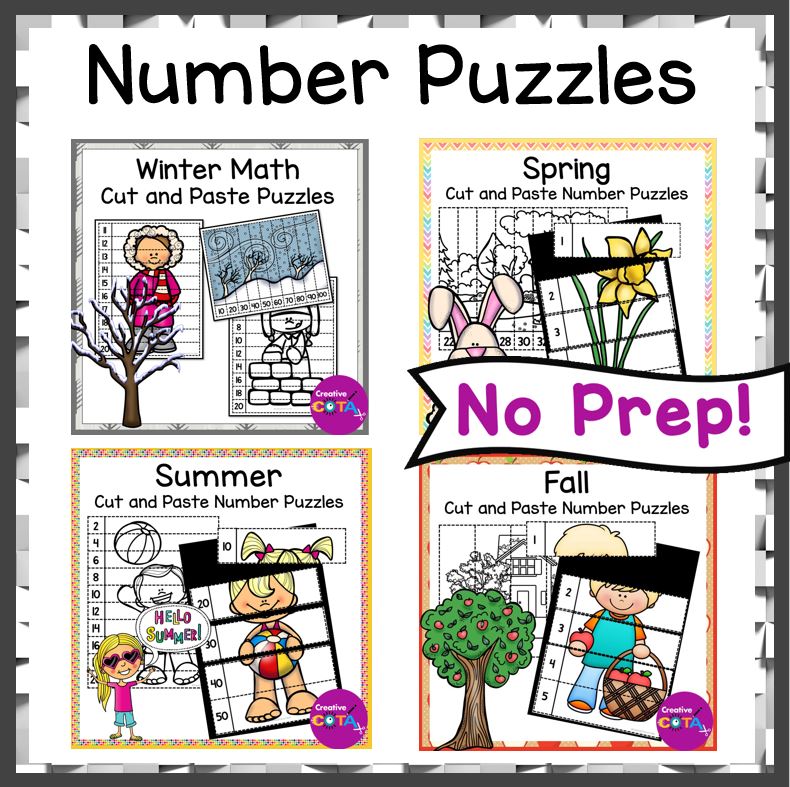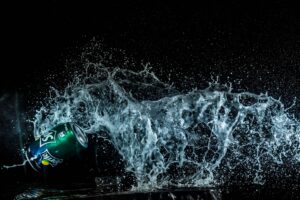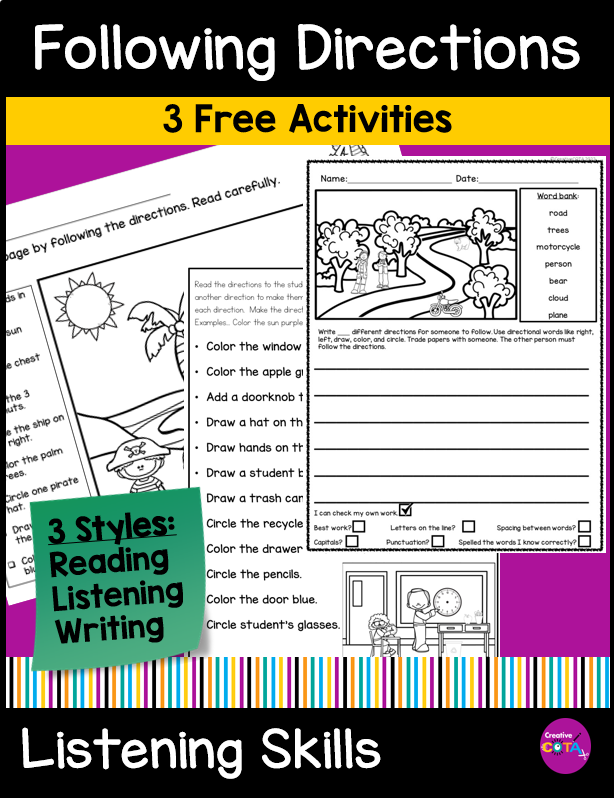
Cutting skills are essential for children’s fine motor development and academic success. As occupational therapists, parents, and teachers, nurturing these skills is crucial to help children gain confidence and independence in various tasks. In this blog post, we’ll explore tips and ideas to assist children in learning to cut effectively while introducing an engaging resource designed to enhance cutting skills and promote learning.
Tips for Teaching Cutting Skills:
- Start with Safety: Before diving into cutting activities, ensure children understand basic safety rules, such as holding scissors properly and keeping fingers away from the blades.
- Provide Proper Tools: Invest in child-friendly scissors with rounded tips and ergonomic handles to make cutting tasks more comfortable and manageable for children. These are my favorite scissors! They can be set to spring open and help children just learning to cut.
- Practice Grip and Control: Encourage children to practice scissor grip and control by cutting along straight lines, zigzags, and curves on practice sheets or scrap paper. Encourage them to turn the paper, not the scissors.
- Offer Visual Cues: Use visual cues such as dotted lines or colored borders to guide children’s cutting motions and help them stay on track.
- Gradually Increase Complexity: Start with simple cutting tasks and gradually introduce more complex shapes and patterns as children gain confidence and proficiency.
- Occupational Therapy Tip: Have the student hold a book or piece of paper under their dominant arm while cutting. This encourages them to keep their arm down and turn the paper with their helper hand.
Here are a few fun ways to work on cutting skills:
- Rolling and Cutting Playdough
- Materials Needed: Playdough, child-safe scissors
- Prep: Prepare different colors of playdough.
- Directions: Encourage children to roll out the playdough into snakes or flat shapes, then practice cutting them into smaller pieces using the scissors. They can create shapes, letters, or simple designs with the cut pieces.
- Snipping Strips for Collages
- Materials Needed: Colored construction paper, child-safe scissors
- Prep: Cut strips of colored construction paper.
- Directions: Demonstrate how to hold the scissors and snip along the strips to create smaller pieces. Encourage children to use the snipped pieces to create collages, patterns, or pictures on another sheet of paper.
- Cutting Straws for Bead Threading
- Materials Needed: Drinking straws, child-safe scissors, string or pipe cleaners
- Prep: Cut drinking straws into small segments.
- Directions: Show children how to cut the straws into smaller pieces. Once cut, they can thread the straw segments onto a string or pipe cleaner to create colorful bead-like patterns or jewelry.
- Paper Plate Fringe Art
- Materials Needed: Paper plates, child-safe scissors, markers, stickers (optional)
- Prep: Cut slits around the edges of paper plates to create a fringe.
- Directions: Invite children to cut along the slits to create fringe patterns on the paper plates. They can then decorate the plates with markers or stickers to turn them into colorful works of art.
- Cutting Practice with Junk Mail
- Materials Needed: Junk mail, child-safe scissors
- Prep: Collect unwanted junk mail or old magazines.
- Directions: Provide children with the junk mail and encourage them to cut out pictures, shapes, or words of interest. They can practice cutting along straight lines, curves, and around objects to refine their cutting skills.
- Decorative Paper Snowflakes
- Materials Needed: White paper, child-safe scissors, pencils, glitter (optional)
- Prep: Fold white paper into squares or triangles.
- Directions: Show children how to fold and cut the paper to create intricate snowflake designs. They can experiment with different folding techniques and patterns to make unique snowflakes. For added sparkle, sprinkle glitter on the finished snowflakes.
Mastering cutting skills is a journey that requires patience, practice, and engaging resources. Check out some of my cutting resources to help children develop cutting proficiency while reinforcing essential concepts. Whether in therapy sessions, classrooms, or at home, let’s empower children to excel in cutting skills and unlock their full potential for learning and growth.






(This post contains affiliate links. If you use a link and make a purchase, I will receive a small commission at no cost to you.)
About the Author
I am a Certified Occupational Therapy Assistant (COTA) and have been working in a public school system for more than 25 years. My resources can be found on TPT, BOOM Learning, Made by Teachers, Classful, and Your Therapy Source. I appreciate your interest wherever you wish to shop.
My mission is to help you find creative ideas to incorporate fine motor, visual perception, gross motor, and social-emotional learning into your lessons.
I hope you consider signing up for my Free Resource Library with your Email. I send out emails about once a week and share resources, tips, and planning ideas for your classroom or occupational therapy needs. Hopefully, these help your students work on building their skills in a fun and engaging way.
Thank you for your interest in my resources and ideas. I hope you will consider following my journey on TPT or wherever you wish to shop.






